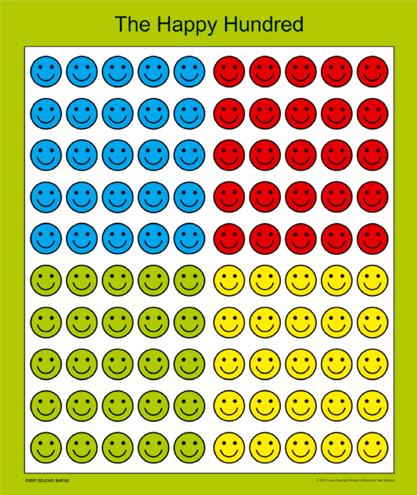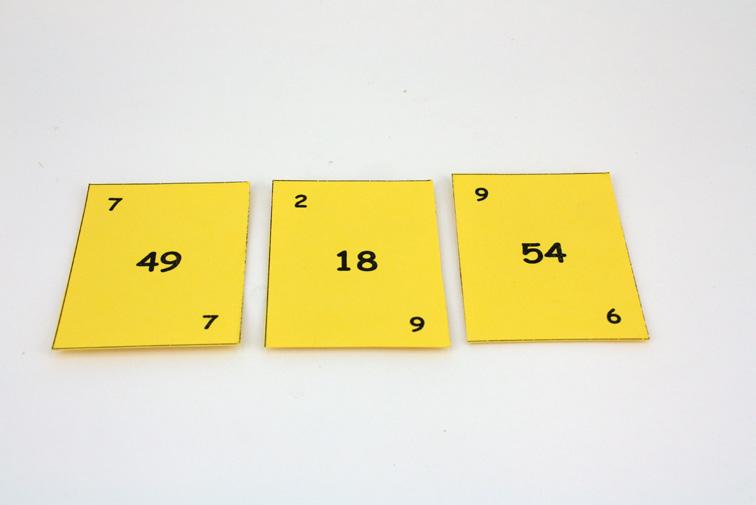Diagnostic questions
Check fast and fluent recall of early multiplication facts such as two times, five times, and ten times tables.
- If Moira knows that 3 x 8 is 24, how can she work out 6 x 8? (If necessary, prompt the student to focus on using the known fact 3 x 8 = 24)
Answer: 6 x 8 is double 3 x 8 because there are twice as many groups of 8. - If 3 x 8 = 24, why is 3 x 80 = 240?
Answer: The answer is 10 times as large because 80 is 10 times as large as 8.
What to notice in the student’s response
- Does the student attempt to use skip-counting to work out 6 x 8 or state that they don’t know their six times table?
- Can the student suggest a reason beyond “you just need to add a zero”?
Deliberate acts of teaching
Materials
- Arrays made from clip art or stickers
- Large Dotty Array (Material master 6-9) (PDF, 122KB)
Arrays give students a visual representation that can be used to explore multiplication concepts.
Double Your Facts
Use arrays to create models.
Take a known fact, such as 4 x 5 = 20, and model it using the array. Double it by modelling 8 x 5. Ask the student to model and draw several examples of doubling.
Use doubling to extend beyond the 10 x 10 times table grid. For example, double 9 x 8 to find 18 x 8.
Power Up Your Facts
Use large dotty arrays and felt pens to explore what happens to a product when one factor is multiplied by ten, for example, 3 x 4 = 12, 3 x 40 = 120. Point out that the new product is exactly ten times as large. Encourage the student to discuss the magnitude of the change, rather than simply commenting that zeroes have been added. Make links to place value.
Explore what happens when a factor is 100 or 1000 times as large, or when both factors are multiplied by a multiple of 10, for example, increasing 3 x 4 to 30 x 40.
What to do next if the student is stuck
Move back to making models of a basic fact and increasing it one group at a time, using a different colour for each group added:
3 x 3 = 9
4 x 3 = 12
5 x 3 = 15 …
Point out that 6 x 3 is twice the size of 3 x 3.
Initiating home-based activities
Explain to parents that the student is learning to flexibly use their times tables to solve problems. Parents can support the student by asking times table questions and then doubling them, for example, 6 x 5 followed by 12 x 5. Parents can help the student to practise “powering up”, for example, 4 x 6 followed by 40 x 6 and 3 x 7 followed by 3 x 70.
Next teaching steps back in the classroom
Give the student problem-solving exercises involving multiplication facts, for example, a measurement problem requiring the use of multiplication to find area.

